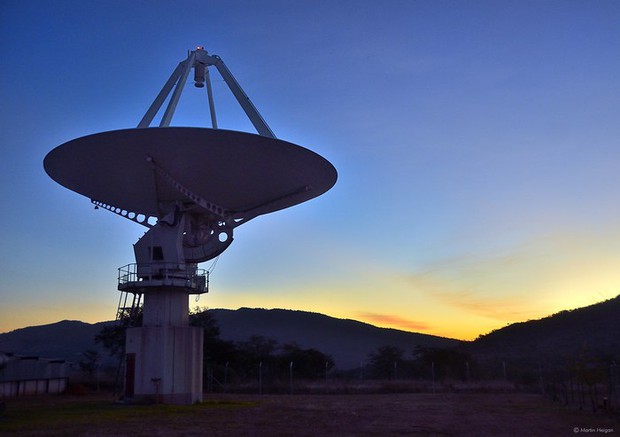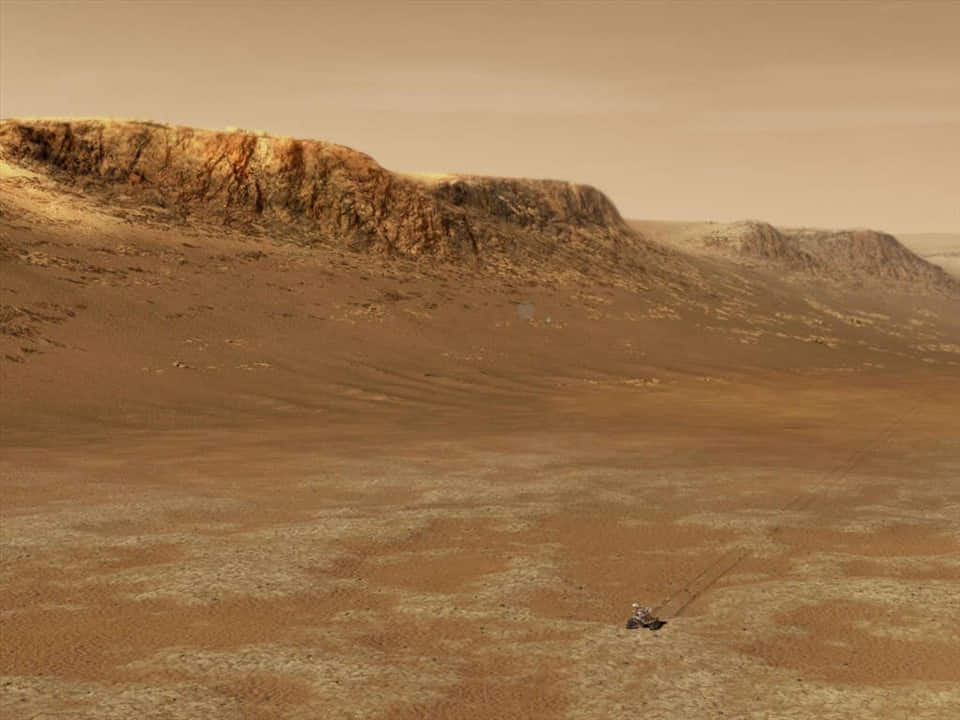This AI analyzed 150 TB of data from 820 stars around us and made very surprising speculations.
The Search for Extraterrestrial Intelligence (SETI) is a long-term mission of scientists and researchers to discover evidence of life beyond our planet.
With the advancement of technology, the search has shifted from visual observation to analysis of radio signals as a means of detecting potential life. For now, a job as a college student is likely to provide a big boost in the field, Popsci reports.

Peter Ma, a third-year student studying mathematics and physics at the University of Toronto, has developed a specialized AI (new neural network technique) in collaboration with SETI and the Breakthrough Listen initiative. This technique can quickly analyze large amounts of radio signals from space to search for signs of extraterrestrial intelligence. The new findings were published in the journal Nature Astronomy.
The theory behind this method is that advanced alien civilizations are capable of emitting signals that are distinguishable from natural radio signals. In particular, narrowband radio frequencies are believed to be a potential sign for extraterrestrial life, because they would need an artificially made transmitter.
Previous search algorithms were limited by relying solely on human-identified anomalies. However, Peter Ma’s deep learning system provides the ability to consider alternative perspectives, which human-made algorithms often cannot replicate.

“People have been inserting components of machine learning or deep learning into search techniques to help. Our technique effectively makes the whole process replaced by neural networks,” said Ma. explained to PopSci.
Ma’s deep learning system produced promising results, identifying eight new signals of interest. The results are even more exciting as the program discovered this potential evidence of extraterrestrial life while reviewing 150 TB of data from 820 near-Earth stars that were analyzed using different methods. traditional.
Although they were considered to lack important findings, Ma’s program was able to uncover something worthy of further study. In a summary the student published, Ma explained why this was the case.
The brief explains that he previously found standard supervised search models too limiting. These models only recognize candidates that match the trained simulation signals, and they lack the ability to identify arbitrary anomalies.
At the same time, current unsupervised methods cannot highlight small variations and hence most of it will return irrelevant results. Ma found a solution by interchanging weighted considerations during the training of the deep learning program, allowing the team to strike a balance between the strengths of both methods.

Ma’s program proved to work effectively as an additional screening tool for possible signs of extraterrestrial life, highlighting anomalies observed by human observers or programs. Other AI can ignore it. However, Ma noted that the program still needs further technical improvements to guide it in learning the specific attributes the researchers wanted.
“We still need human verification in the final steps. We cannot solely rely on or trust a tool like a neural network to conduct scientific research,” Ma wrote. “It’s a tool for scientists, not a replacement for scientists.”
Ma cautioned that the eight newly discovered signals of interest have low statistical power in providing conclusive evidence of extraterrestrial life. However, his new AI developments could prove to be a valuable aid in more precise searches.
SETI, Breakthrough Listen and Ma are ready to support 24/7 monitoring of technical observations using South Africa’s MeerKAT telescope array and conduct analysis to search for similar signals in the data volume giant.
As the search continues, we may one day finally discover evidence of life beyond our own planet, making a huge step forward in our journey to uncovering the mysteries of the universe. pillar.
Scientists have been busy learning and researching for decades, except for a few “false moments”, until now, there has been no evidence of the existence of aliens or other cultures. extraterrestrial intelligence. However, aliens or extraterrestrial civilizations may be discovered tomorrow, or may never be discovered. To put it simply, in the vast universe, right now, while you are reading my article, we are still alone!





